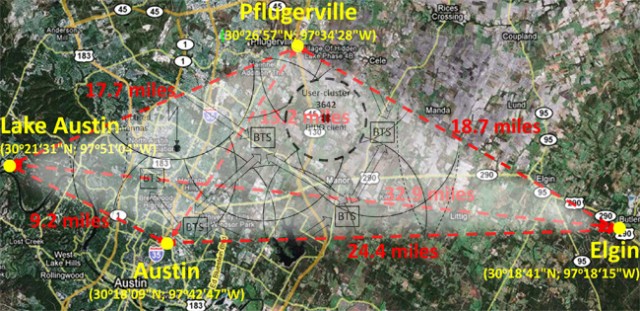

Steve Perlman, founder of the cloud-based gaming-on-demand service OnLive, claims to have discovered a new method of wireless communications that would not only drastically outpace what we have now, but would actually disprove many of the accepted rules of how wireless communications in general work.
First things first: This theory popped up in a presentation Perlman gave at the NExTWORK conference, and only received a small mention. There was no demonstration, no real proof given, and since his proposal flies directly in the face of the Shannon-Hartley Theorem, a guideline for wireless technologies, we’re not inclined to really believe his claims. But! Sometimes somebody says something so crazy with such confidence that you have to sit up and take notice, and this particular idea would have such massive effects on communications technology that we’re bound to at least encourage discussion about it. That’s not to be taken as an endorsement, though.
Now that the disclaimer is out of the way, here’s what Perlman (all to briefly) proposed. DIDO is an entirely new radio system, with different towers and different chips that work in an (as yet undisclosed) entirely different way. He claims that DIDO would also be able to broadcast through solid objects that usually block cell signals, that it needs no bigger tower than a small base station “the size of a router,” and that the base stations can broadcast a signal much farther than usual towers–up to 30 miles, at which point they’d be dealing with the curvature of the Earth, which Perlman says does not deter them.
Perlman said that his DIDO (distributed-input-distributed-output) system overcomes the traditional broadband system in which each user gets a small piece of the overall bandwidth of the tower to which they’re connected. Instead, with DIDO, each user would be able to access the full speed of the tower.
Wired interviewed an electrical engineering professor who noted that elements of the Shannon-Hartley Theorem have in fact been disproved, or at least altered, with multiple-input-multiple-output systems, currently being used in the latest 4G tech. But nobody has yet seen Perlman’s DIDO system in action, though he has patented it and insists he is “as confident” about DIDO as anything else he’s ever designed. Us? We’re skeptical–but that doesn’t mean we wouldn’t welcome a revolutionary wireless system.
